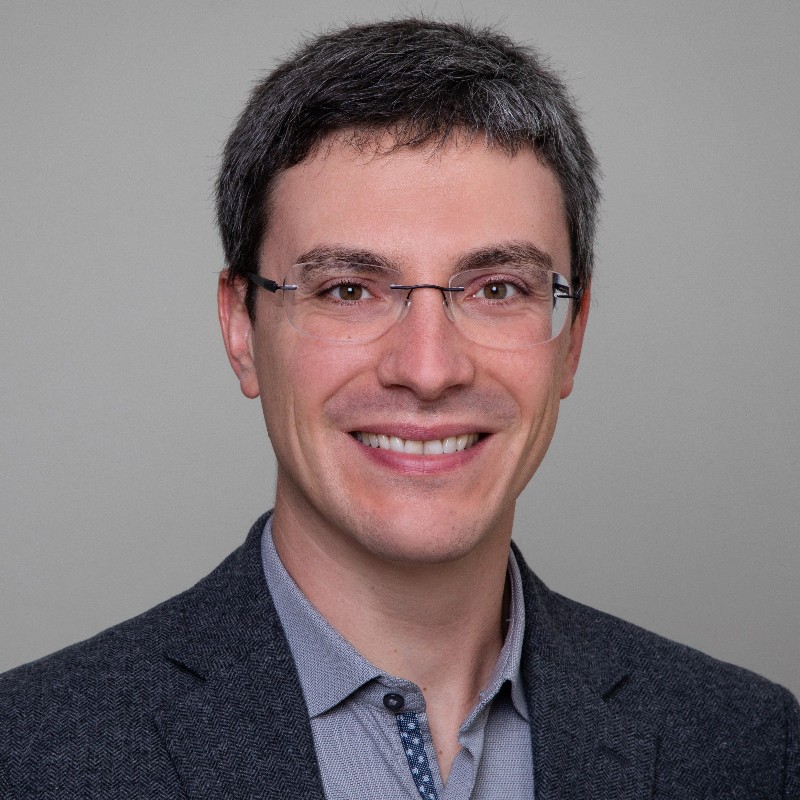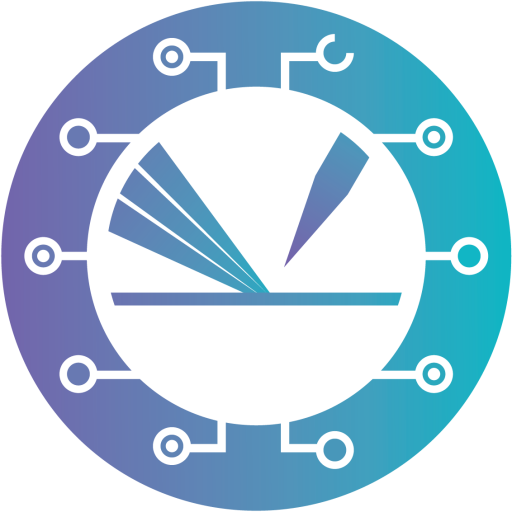Marco Favro
Helmholtz Zentrum Berlin (HZB)
Institute for Solar Fuels
Tuesday, 25th April 2023,16:00 s.t.
The talk will be given in hybrid mode.
You can either attend in physical presence:
TU Wien, Institute of Applied Physics,
Wiedner Hauptstraße 8-10, 1040 Vienna
Yellow Tower “B”, Seminar Room DB 05 B (5th floor)
Or you join via Zoom:
https://tuwien.zoom.us/j/7332600640

In situ photoelectron spectroscopy reveals the chemical nature of semiconductor surface states
The accessible photovoltage of semiconducting photoabsorbers is typically 0.5-1 V below the theoretically achievable values predicted by the Shockley-Queisser limit. Although the reason for this is still not well understood, surface and interface states within the photoabsorbers energy band gap may play a crucial role as they generally induce Fermi level pinning. Within the PEC community, two key elements have been identified for the maximization of the photovoltage in photoelectrodes for water splitting: (i) the passivation of surface defects which is needed to avoid Fermi level pinning, and (ii) the increase of the minority carrier concentration at the interface to improve contact selectivity and optimize carrier extraction.
To understand the role of surface defects on Fermi level pinning, detailed information on the chemical nature and electronic properties of surface states is needed. Such information is usually obtained with UHV surface science techniques such as XPS, but the photoelectrode surface under UHV conditions has little, if any, relevance to the electrified surface when immersed in the electrolyte. Moreover, recent studies have shown that semiconductor surfaces are not static, but undergo extensive structural and chemical transformations during PEC device operation.
In this talk, we will show our recent development of state-of-the-art techniques to study the structure and dynamics of semiconductor/water interfaces under practically relevant conditions. The chemical nature of the electronic states for selected semiconductors prepared at the Institute for Solar Fuels has been explored using synchrotron-based resonant, ambient pressure soft and hard X-ray photoelectron spectroscopy (AP-XPS and AP-HAXPES), and with in situ/operando Raman and photoluminescence spectroscopy. In particular, we will show that it is possible to study photon-induced chemical changes at solid/liquid interfaces using in situ AP-XPS and AP-HAXPES. We will conclude this contribution by discussing about future perspectives and technical implementations for multimodal in situ/operando time-resolved investigations of (photo)electrocatalytic processes
